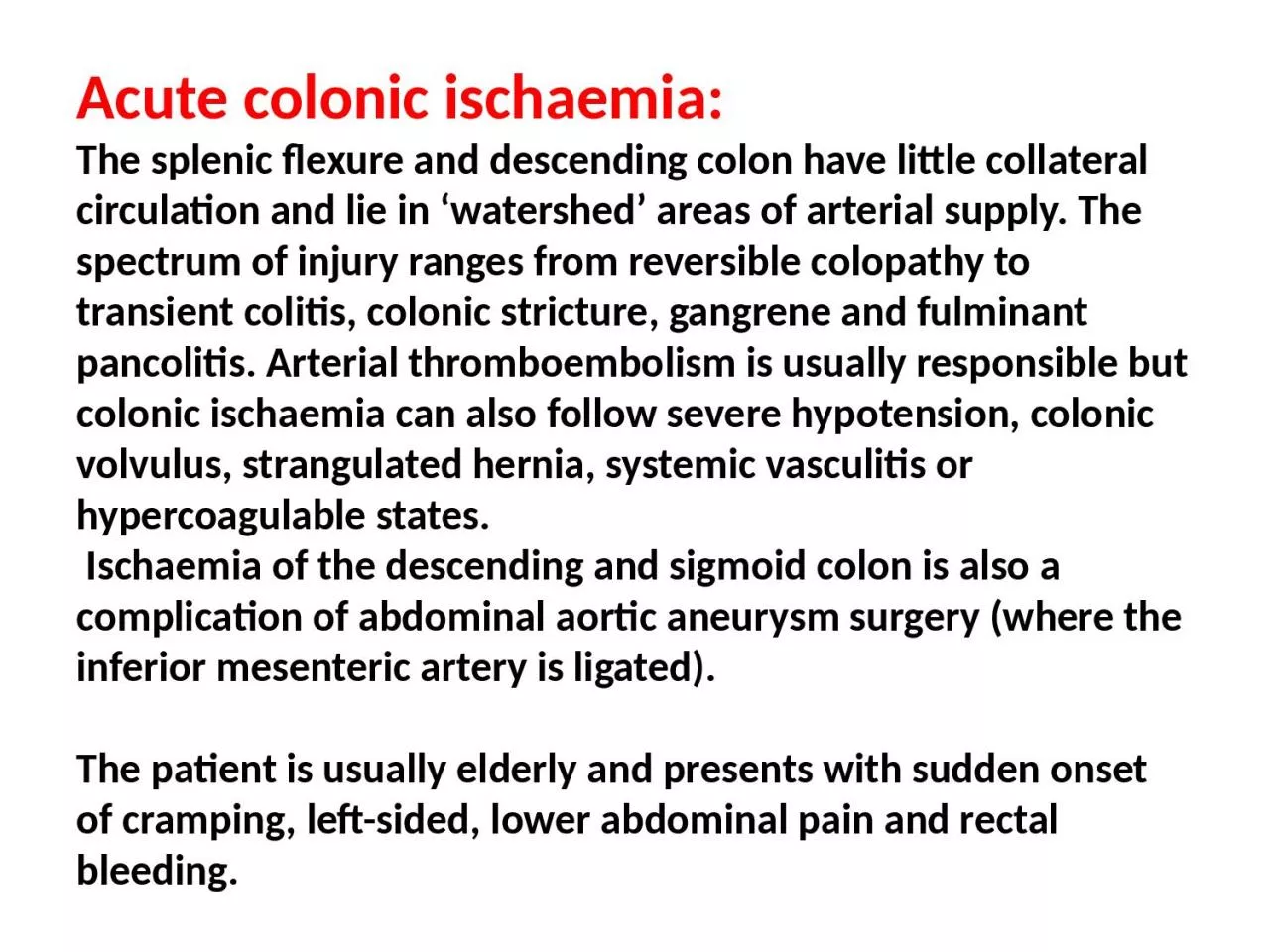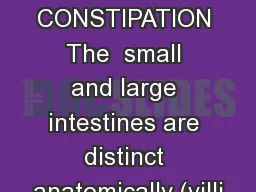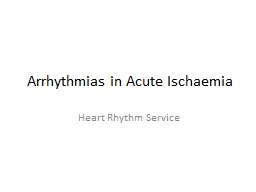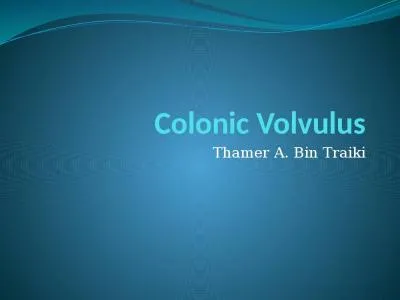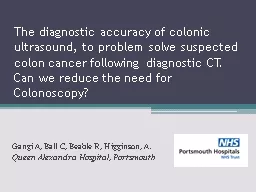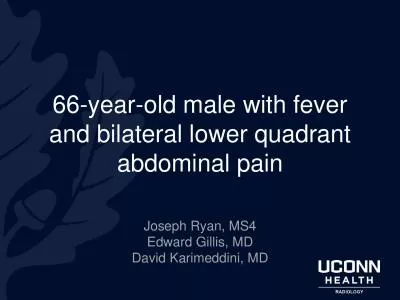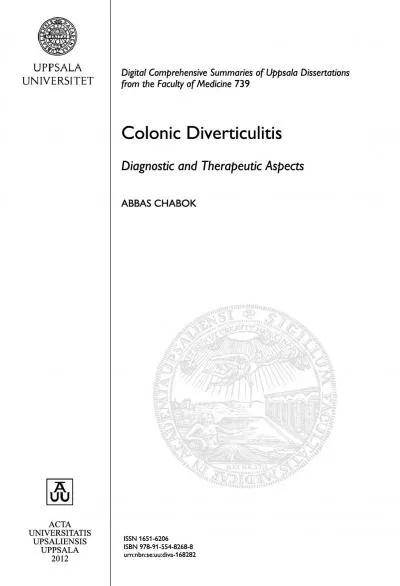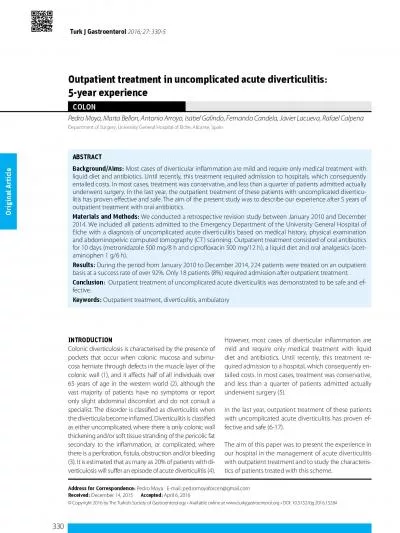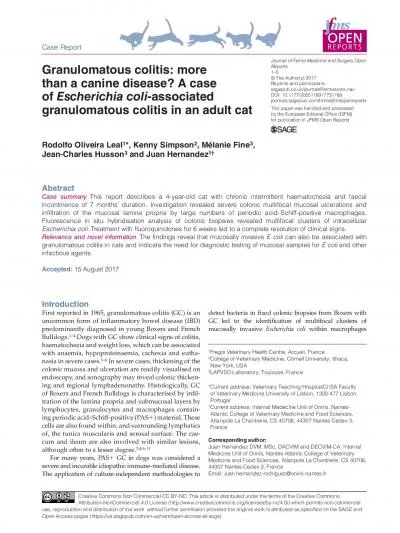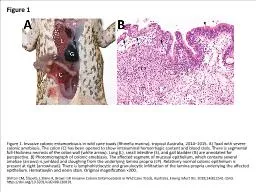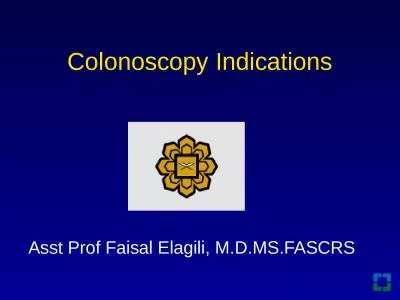PPT-Acute colonic ischaemia:
Author : berey | Published Date : 2023-11-18
The splenic flexure and descending colon have little collateral circulation and lie in watershed areas of arterial supply The spectrum of injury ranges from reversible
Presentation Embed Code
Download Presentation
Download Presentation The PPT/PDF document "Acute colonic ischaemia:" is the property of its rightful owner. Permission is granted to download and print the materials on this website for personal, non-commercial use only, and to display it on your personal computer provided you do not modify the materials and that you retain all copyright notices contained in the materials. By downloading content from our website, you accept the terms of this agreement.
Acute colonic ischaemia:: Transcript
Download Rules Of Document
"Acute colonic ischaemia:"The content belongs to its owner. You may download and print it for personal use, without modification, and keep all copyright notices. By downloading, you agree to these terms.
Related Documents

